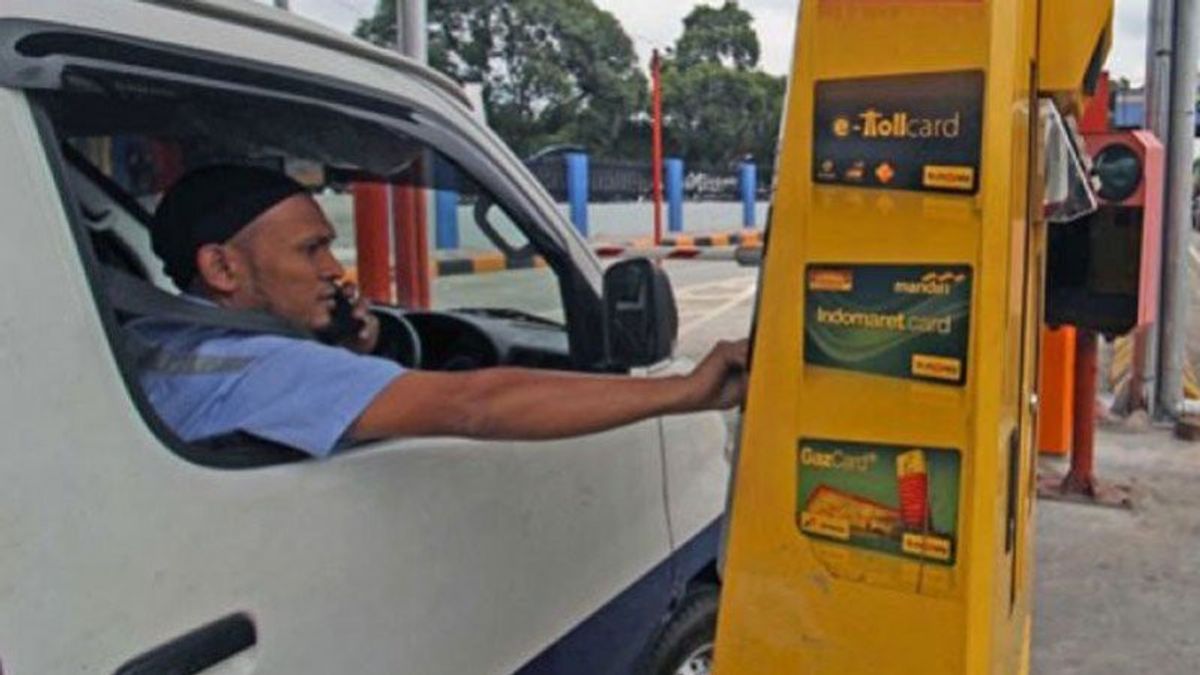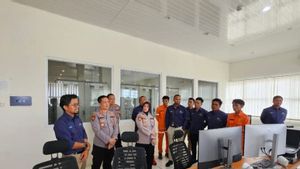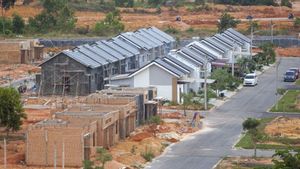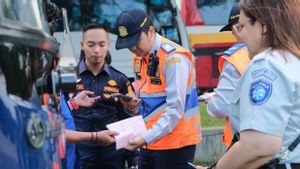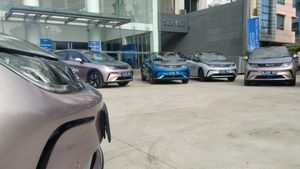JAKARTA - The Toll Road Regulatory Agency (BPJT) of the Ministry of Public Works and Public Housing (PUPR) is targeting cashless and contactless transactions on toll roads or known as services using the multi lane free flow (MLFF) system to be implemented gradually in several toll road sections by the end of the year. 2022.
"For the initial stage of implementation, it starts with a transition period on several toll road sections, where some of the substations at each toll gate can still use electronic toll cards," said Head of BPJT of the PUPR Ministry, Danang Parikesit, as quoted by Antara, Friday, May 20.
Danang emphasized that the implementation is planned for the end of 2022, while the toll road sections that will be implemented by the end of the year are still under discussion.
"Later on, the technology applied to MLFF is to use the global navigation satellite system (GNSS), which is a system that allows transactions to be made through applications on smartphones and read via satellites," said Danang.
BPJT continues to innovate that refers to toll road 4.0 technology in increasing maximum service for motorists on toll roads in accordance with the transformation, innovation and modernization (TIM) of toll roads in Indonesia.
With the implementation of MLFF, motorists as toll road users will no longer need to stop at toll gates, let alone queue for tapping electronic money cards when making payments.
For information, later the devices that are planned to be used in MLFF contactless transactions are the electronic on-board unit or known as E-OBU, and the electronic route ticket device where users can choose entry and exit points according to single-use travel routes.
Through the application of MLFF's contactless transactions, of course, it has enormous benefits because it can eliminate queue times to zero seconds.
Previously, the use of electronic money (e-Toll) had also reduced the transaction time to a maximum of five seconds.
"Other benefits are operating cost efficiency and also minimizing vehicle fuel. Apart from making it easier for road users to pay tolls without obstacles, it is informative, safe, comfortable and sustainable and can also increase toll revenue efficiency, as well as reduce congestion levels at peak hours," concluded Dan.
The English, Chinese, Japanese, Arabic, and French versions are automatically generated by the AI. So there may still be inaccuracies in translating, please always see Indonesian as our main language. (system supported by DigitalSiber.id)
